- Product
- Solution for
For Your Industry
- Plans & Pricing
- Company
- Resources
For Your Industry
This blog discusses the pros and cons of using penetration pricing to attract price-sensitive customers and gain market share for new and established companies.
Penetration pricing is a pricing strategy you can use to set a low price for a product or service initially to enter a new market or gain market share quickly. And who doesn’t want market share and attention in a new market? In this post, we will cover some pros and cons of using penetration pricing as a strategy.
When you use penetration pricing as a strategy, it means that you set your price significantly lower than your competitors, and the strategy is used to attract customers away from established brands. Your goal of penetration pricing is to increase market share quickly and build a customer base if you don’t already have one or are in a new market. Once you have established yourself in the market, you can gradually increase prices to a more sustainable level.
This strategy is often used by:
– New companies entering a market
– Established companies introducing a new product or service
The advantages of penetration pricing include attracting price-sensitive customers, building brand recognition, and creating a barrier to entry for potential competitors. However, there are also disadvantages, such as the risk of your customers viewing the low price as a reflection of poor quality and the potential for your company to become stuck in a low-price position in the long term, so you should be careful and make sure of your complete strategy.
To attract new customers: By offering a lower price than competitors, you can attract new customers who may not have considered your product or service otherwise. This can help you build a customer base quickly and gain market share.
To create brand recognition: A low price can help to create buzz around your new products or service and build brand recognition. Customers may be more likely to try a product or service if it is offered at a lower price, even if they are not familiar with your brand.
To discourage competition: if you are using penetration pricing, you may be able to discourage competitors from entering the market by offering such a low price that it is difficult for them to compete. This can help to establish your company as a dominant player in the market.
To quickly establish a foothold in the market: By gaining market share quickly, your company can establish itself as a viable competitor in the market. This can help you to secure long-term success, as customers may be more likely to stick with a brand they are familiar with.
To generate revenue: Although the price may be lower, the increased sales volume can help to generate revenue and improve cash flow. This can be especially important if you are a new company that must establish itself quickly.
Penetration pricing can be an effective strategy for products in a variety of industries, but it may be particularly well-suited for products that meet the following conditions:
Highly competitive markets: In markets with many competitors and price is a key factor in consumer decision-making, penetration pricing can help you gain a foothold and differentiate yourself from the competition.
Elastic demand: If the demand for your product is highly elastic, meaning that customers are very sensitive to changes in price, then a low price can help you to attract customers and build market share quickly.
Products with high switching costs: In markets where it is difficult for customers to switch to a different product or service, such as in telecommunications or banking, penetration pricing can help to attract customers who may be hesitant to switch.
New products or services: When introducing a new product or service, it may be necessary for you to offer a lower price initially to build awareness and generate interest.
Penetration pricing is not a one-size-fits-all solution, and each industry and product will have its unique characteristics that must be taken into account when developing a pricing strategy. Ultimately, the effectiveness of penetration pricing will depend on various factors, including the target market, the competition, and the company’s overall marketing strategy.
While the immediate goal of penetration pricing is not to maximize profits, it is still possible to generate profits eventually with this strategy. Once you have gained a foothold in the market and established a customer base, you can gradually increase the price to a level that generates profits. The key is to do this carefully to not shock customers with a sudden price increase that could lead to them switching to a competitor.
Overall, while penetration pricing may not lead to immediate profits, it can be a useful strategy for building market share and establishing a brand in the market, which can eventually lead to profits over the long term. To execute a penetration strategy as easily as possible, you can start with a price monitoring solution to help you change the prices gradually over time compared to your competitors. Then you can increase prices and your product profit to make sure you earn money.
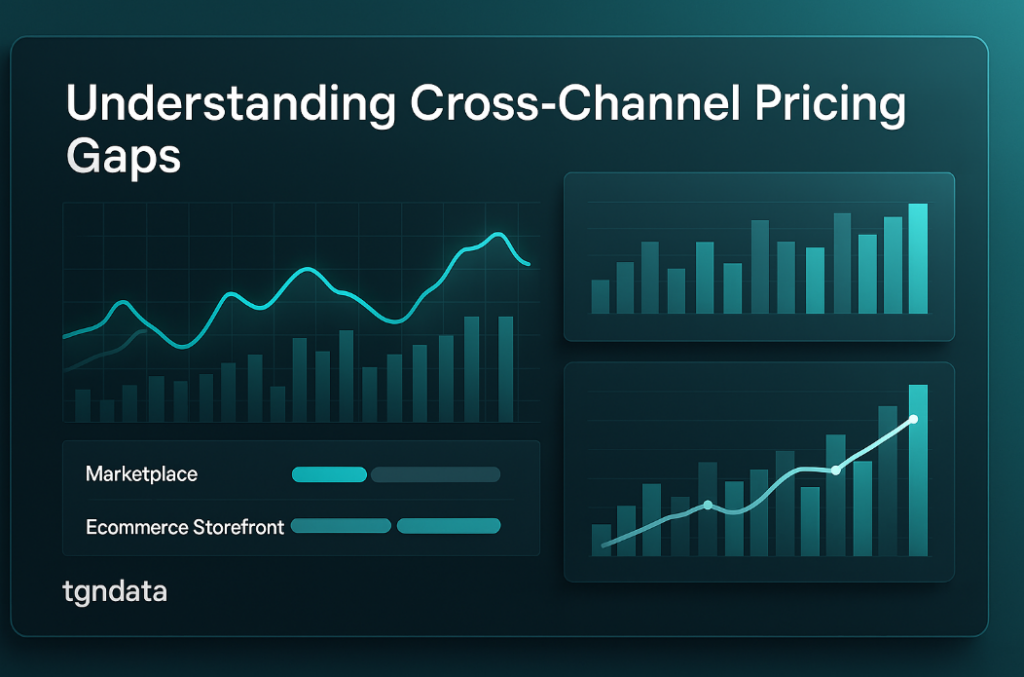
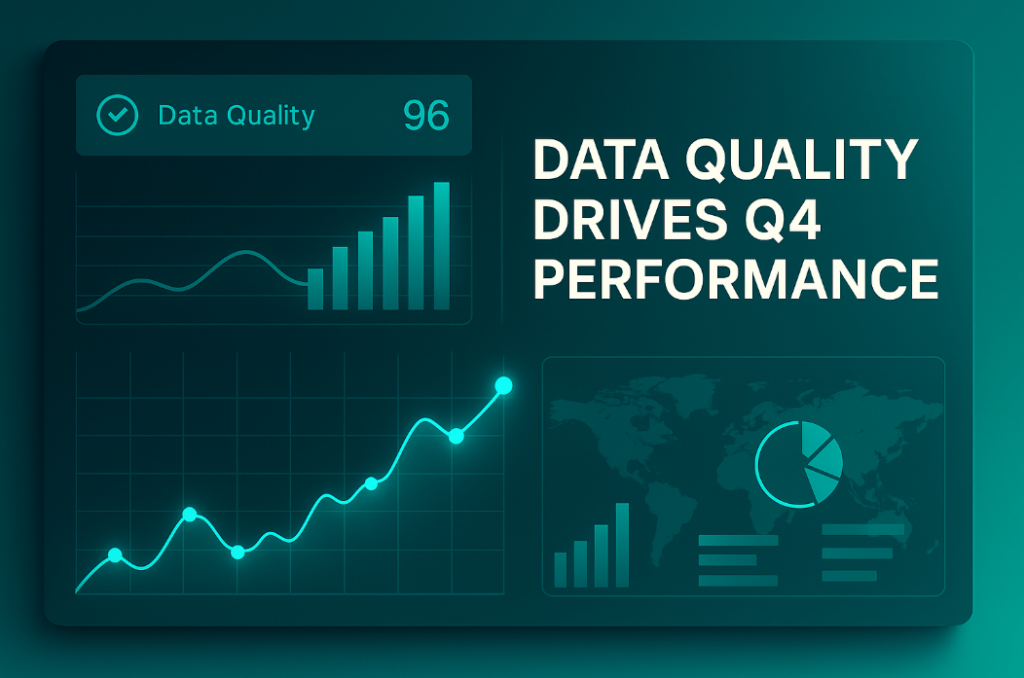
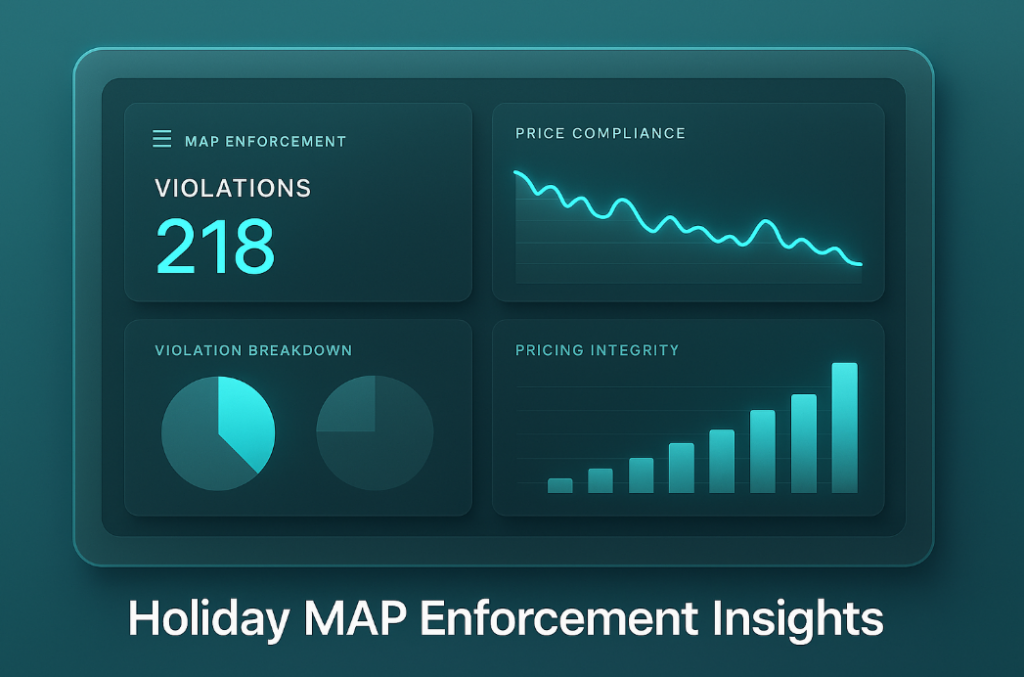
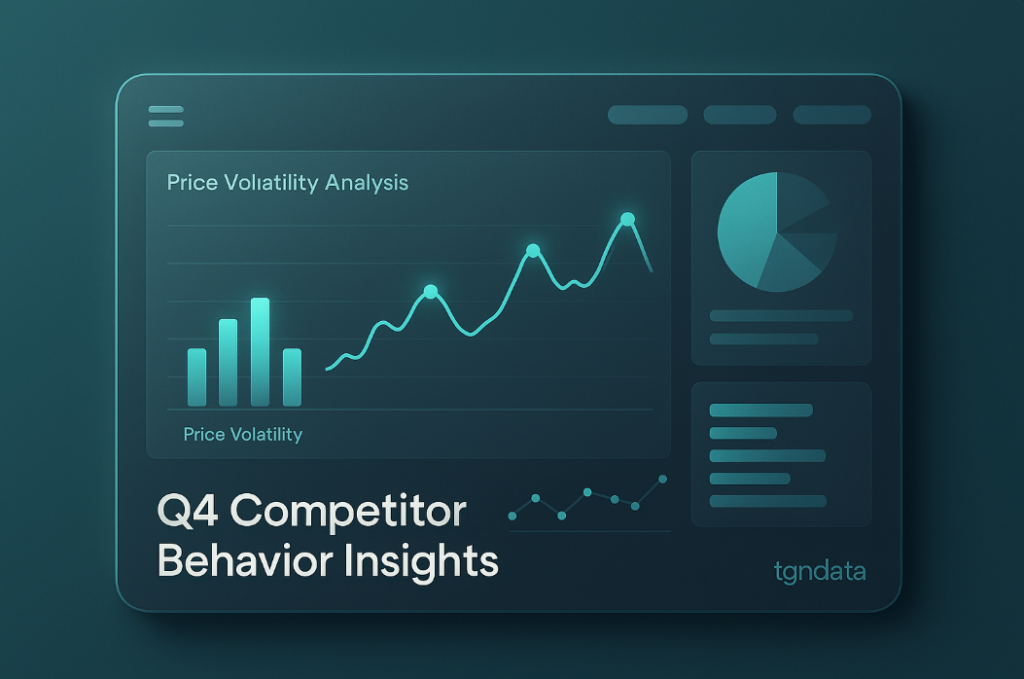
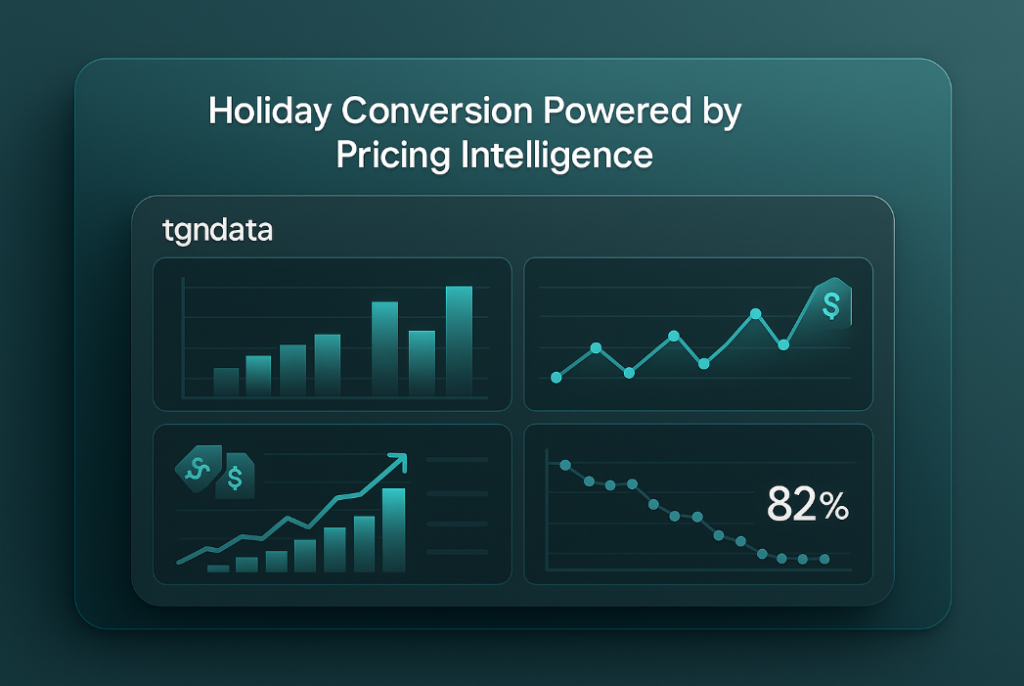








Missing an important marketplace?
Send us your request to add it!